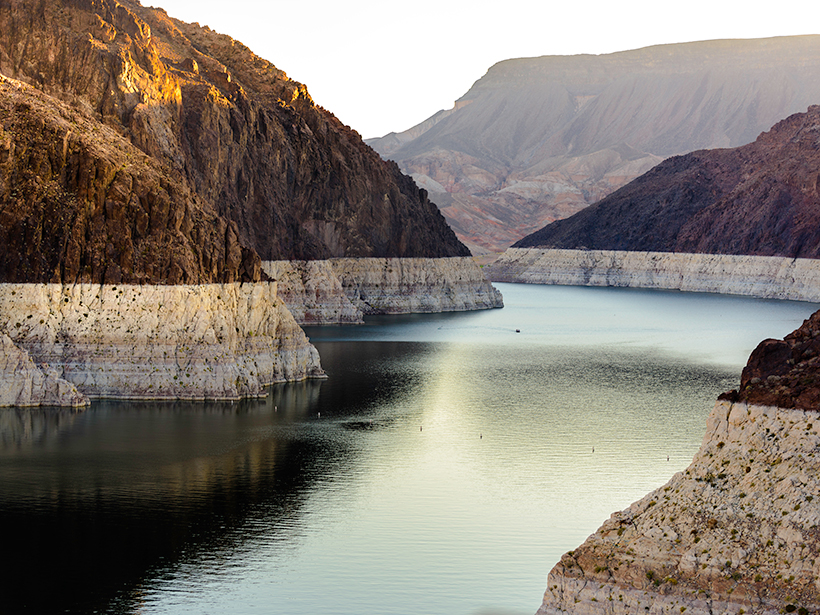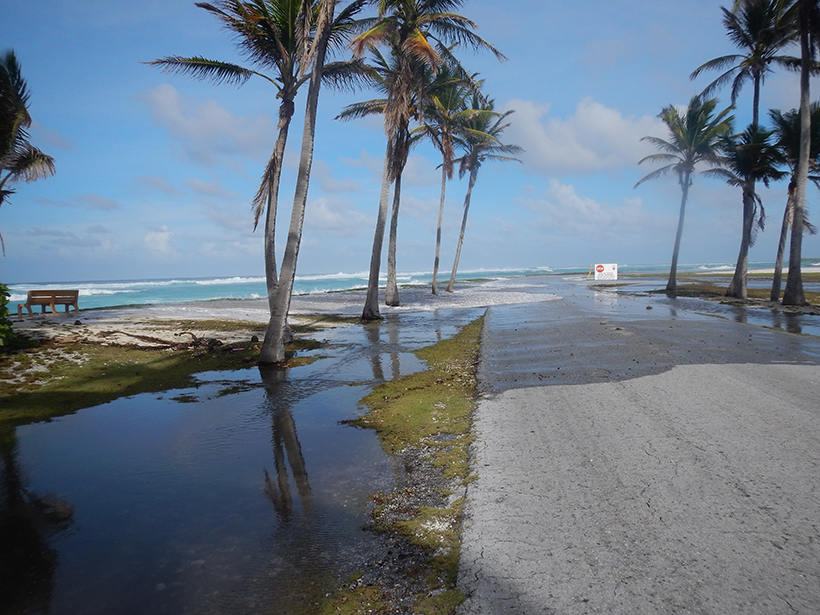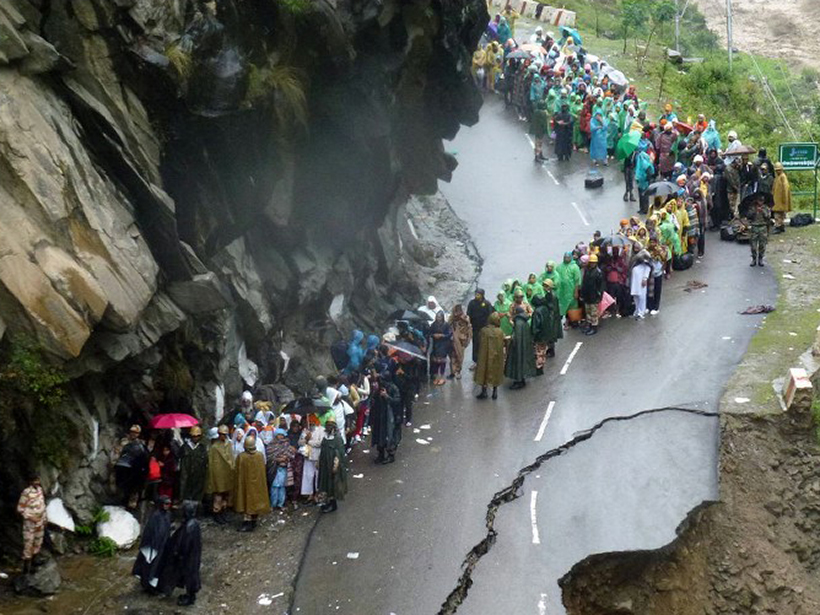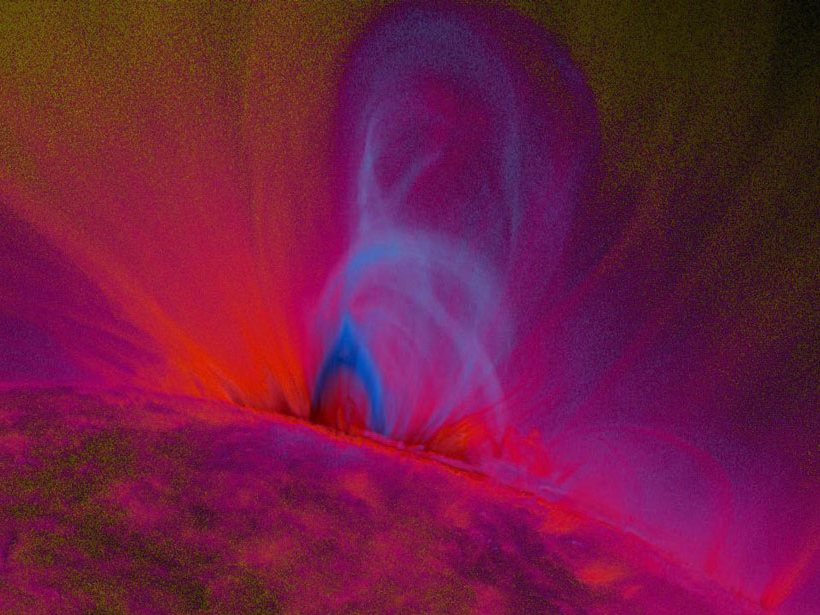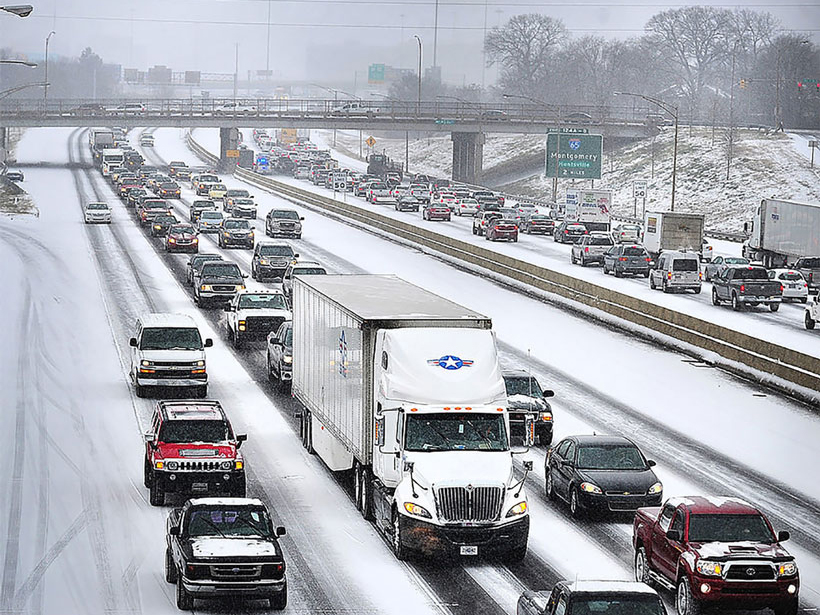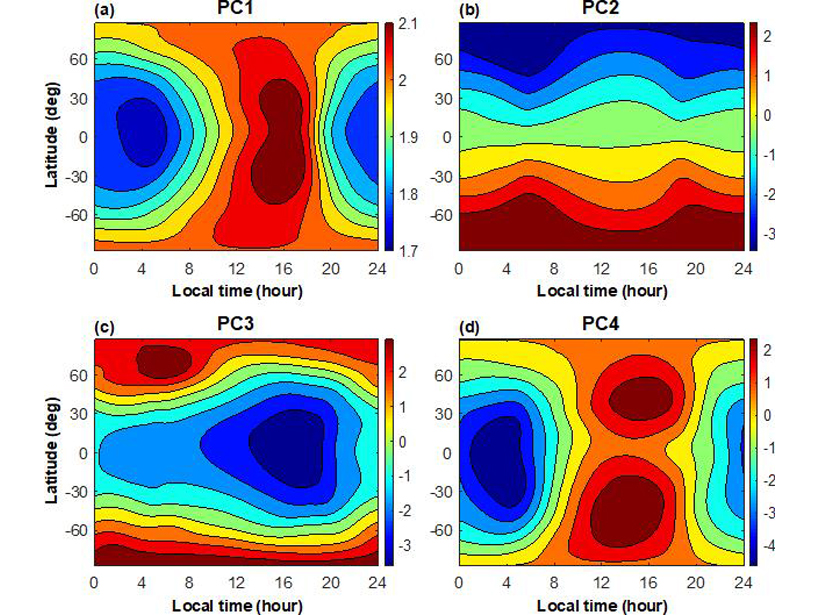An analysis of historical modeling outputs is improving our understanding of the relationships between different types of seasonal forecasting skills.
forecasting
The Challenges of Global Flood Hazard Mapping and Prediction
A new book presents the latest tools in remote sensing technologies and modeling approaches for addressing challenges and meeting future needs in global flood hazard mapping and prediction.
Roger Lhermitte (1920–2016)
This luminary in the field of weather radar did it all, from basic engineering to sophisticated analysis.
Challenges of Forecasting Flooding on Coral Reef–Lined Coasts
Understanding Flooding on Reef-lined Island Coasts Workshop; Honolulu, Hawaii, 5–7 February 2018
A Better Way to Predict the Indian Monsoon
A new study finds that including Himalayan topography and land-atmosphere interactions improves climate models.
Capturing Structural Changes of Solar Blasts en Route to Earth
Comparison of magnetic field structures for 20 coronal mass ejections at eruption versus Earth arrival highlights the importance of tracking structural evolution to refine space weather predictions.
Snowfall Rates from Satellite Data Help Weather Forecasters
A new data product calculates snowfall rates from weather data beamed directly from several satellites, helping meteorologists provide fast, accurate weather reports and forecasts.
Atmospheric Teleconnections: Advanced Tools and Citizen Science
GOTHAM International Summer School on Global Teleconnections in the Earth’s Climate System – Processes, Modelling and Advanced Analysis Methods; Potsdam, Germany, 18–22 September 2017
Diversity of El Niño Variability Makes Prediction Challenging
The atmospheric response to El Niño, both in the Pacific region and around the world, changes with each event and is uncertain in future under the influence greenhouse gas forcing.
Improving Temperature Forecasts in the Upper Atmosphere
Scientists are blending output from multi-year model runs to improve temperature forecasts in regions where satellites experience “drag,” in the hopes of avoiding future spacecraft collisions.

